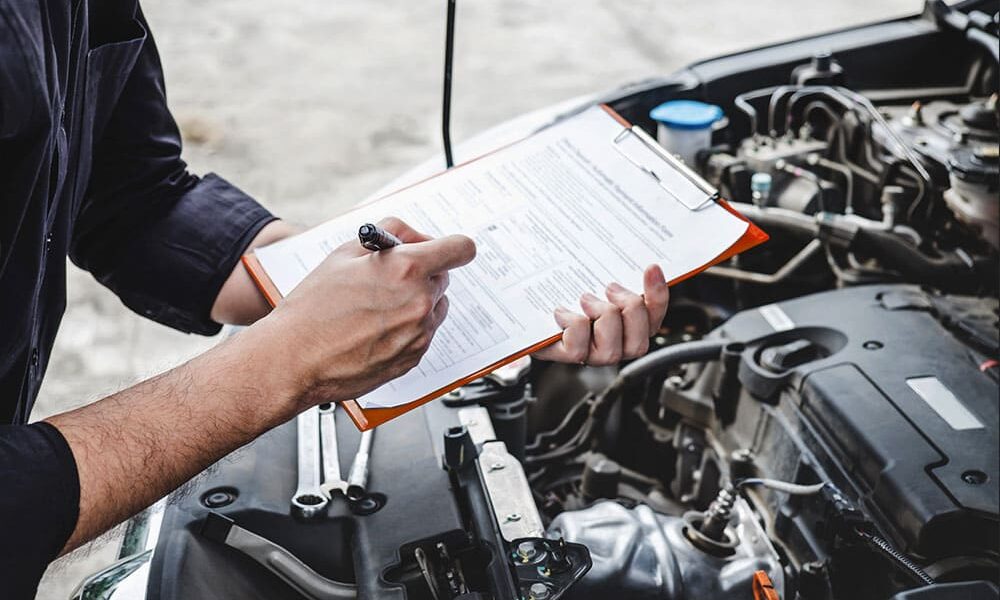
You get your vehicle’s oil changed and the oil filter replaced as often as the manual recommends. You may also get your tires rotated every other time you have an oil change done. Additional preventive maintenance can stop problems from developing and can be an affordable way to extend the life of various components. Some of those additional maintenance services are provided with a full-service oil change.
Batteries
Car batteries generally last about five years. If your battery is more than five years old, it’s time to think about replacing it to avoid being stranded somewhere with a dead battery. That’s especially important if you live in a cold climate since cold temperatures drain the power.
You’ll know the telltale sign of a weak battery when you turn the key in the ignition. The engine makes a sluggish groaning sound as it struggles to come to life. When you hear that noise, getting a new battery should be done promptly so you don’t come out to your car or truck one morning and find it refuses to start. Old batteries can even abruptly go dead on a warm day. You drive the car to the grocery store, come out a few minutes later, and the car won’t start.
Air Filters and Drive Belts
The manual may suggest replacing certain devices according to mileage, but usually you can take a look at the equipment and see whether it’s still in good shape. Air filters, for instance, become noticeably dirty over time. They typically last longer for drivers who always stay on pavement compared with those who sometimes travel on dirt or gravel roads.
Cars and trucks manufactured before 1990 commonly have several drive belts instead of one accessory belt. The belts are connected with equipment such as the radiator fan and the alternator. Oil change technicians can check those belts for wear and make recommendations for when it’s time to replace them.
Fluids
During a full-service oil change, the technician tops off all the fluids if any are lower than recommended. The most common need is for additional windshield washing fluid. Technicians add more fluid for power steering, brakes, engine coolant, automatic and manual transmissions, and the clutch for manual transmissions.
The completed paperwork with the invoice will alert you if certain solutions were low, since that may indicate a leak. The equipment should be checked out by a mechanic. Running the vehicle with low fluid levels is hard on the components using these solutions.
At home, you can check fluid levels when it’s convenient. It’s important to keep an eye on those levels if you are aware of any leaks.
All About Engine Coolant
Normally, you should check engine coolant levels twice a year. Do so once before the heat of summer sets in and once before cold winter temperatures arrive, since the coolant also acts as antifreeze. If you live in a cold climate, you can ask automotive technicians to check the freezing point of the coolant in fall to make sure it’s adequate.
A caution light on your dashboard alerts you if the coolant level drops a bit, and that’s not a danger point. Use a 50-50 blend of antifreeze and distilled water for the most effective heating and cooling system functioning. Only open the radiator cap when the engine is cool.
Having the radiator flushed is another recommended form of preventive maintenance. The antifreeze solution eventually gets dirty, which you can see by the change in color when you look in the reservoir. Sludge builds up along the bottom of the radiator. Having the system flushed and brand new coolant added can be done every two or three years, or around every 40,000 miles.
Windshield Wipers
You can extend the life of your windshield wipers by cleaning them when they stop being fully effective. Simply use one of the paper towels and the window washing fluid at the gas station. Replace the windshield wipers when cleaning them no longer solves the problem.
Courtesy of paautoinspection










